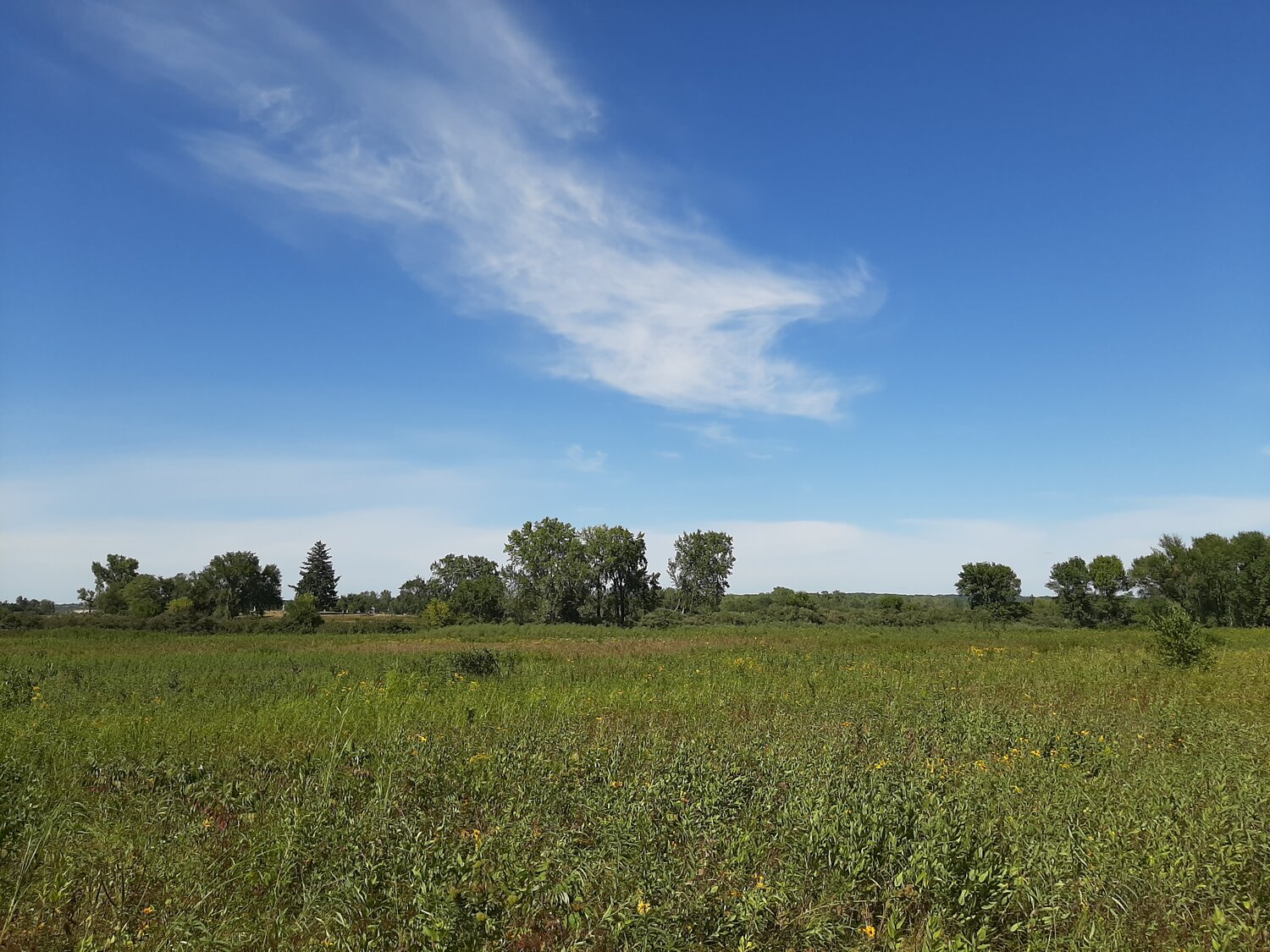Anatomy of a Neighborhood Gang
When I was five years old . . .
When I was five years old my family moved from our southside Akron, Ohio, apartment on Voris Street to the suburbs, a house on Lakeview Boulevard in Stow. You couldn’t actually see Silver Lake, but it was a mere fifteen-minute walk cutting across the vast manicured lawns of the Village of Silver Lake. We didn’t live in the “village,” but we knew it. At Silver Lake Country Club we caddied for the lawyers and doctors and bankers and assholes who lived in those houses.
But our neighborhood gang centered around the three parallel blocks of Lakeview, Englewood, and Adaline. We were all Holy Family Catholic school boys. Mark and Mike Huscroft lived on Englewood – I could see their front door from our kitchen window. I hung out with Mark a lot until he skipped a grade after third grade. He would kick my ass on a regular basis, but I kept coming back for more because - what choice did I have? I had no older siblings and somehow knew that I needed toughening up, and the Huscrofts were the guys to do it. They were good-hearted bullies.
The Domingo brothers lived on the corner of Englewood and Lake Road. The younger one we called Werewolf because he had the hairiest back we’d ever seen on a kid. Doug Wynn, and his older brother Bill, lived two houses down from the Domingos on Lake. Cattycorner across the street from the Domingos lived Chris Feliciano, and next door to him lived Joe and Beej Mariola. Beej, whose family owned the only built-in swimming pool in the neighborhood, was a year younger than Mark and Doug and me. Jim Harry and Bill Wojno lived up the block from me on Lakeview. Pit Moushey and his older brother Tom lived on Adaline. I remember Pit referring to someone as a “brown-noser” with such sneering disgust that I decided at that moment that I never wanted to be that guy, even though it took me a while to figure out what the word meant. Mike Keller, who lived across the street from Pit, had flunked back into our grade. One of twelve kids, he became my newspaper route partner. Pat Flowers, two years younger than me, lived next door to me.
We were far from the wildest gang of kids, flirting with modest acts of juvenile delinquency. Lots of homes were being built in the neighborhood, and we played on the work sites after the construction crews had quit for the day. Somebody would get hold of some cherry bombs and we’d figure out what we could blow up. We made crude skateboards out of one-by-eight boards and roller skate wheels. We played on the concrete storm sewer sections before they were buried, and after, we removed the manholes and crawled through the sewer until it emptied into the creek in Wetmore Park. Football and basketball and baseball and bike riding and fishing. We had a ball diamond in our backyard that worked better for kickball. Capture the Flag, Kick the Can - games that spanned and connected three or four backyards. Because it required less space and fewer participants, we played endless games of Smear the Queer that often ended in nigger piles. And this is how homophobia and racism were woven into our play.
Lots of sleepovers or sleep-outs. I got out of the house whenever I could, not because it was particularly awful there but because I wanted to know more about the world. Because Doug and Mike and Pat had older brothers and sisters, and because we didn’t have a stereo at home, this was my real introduction to rock music. I remember listening carefully to Rubber Soul with Doug in 1966, and to After Bathing at Baxter’s in 1967 at Keller’s house, and to The White Album in 1968 with Pat and his older siblings Jimmy, Jeannie, and Marianne.
As we got older, we would look up to the Huscrofts and Pit and Wojno and Harry, who were all a year or two older than us. I remember them crafting elaborate nicknames for each other. Mark was Modé or Moders, Mike was Midders. Bill Wojno had an equally obtuse nickname that I’ve forgotten. In the summer of 1964 I became Du-babes, thanks to Bob Dylan’s “It Ain’t Me Babe.” By the time I started high school, it had been shortened to Du, and that’s what I went by all through high school.
The thing about the neighborhood gang is that those guys were not my only options. I think I unconsciously chose them because they were a little bit rougher and wilder than me, quite willing to get into some low-grade trouble. I can remember the summer I turned eight or nine, sneaking out of the house with a pair of jeans that I changed into behind the woodpile, stuffing the shorts my mother was forcing me to wear into a chink in the woodpile. And then I was off for the day, ready for blue jeans action, maybe grabbing a sandwich for lunch at a friend’s house or picking fruit from an unsuspecting neighbor’s tree, trying to figure out what kind of person I wanted to become.

